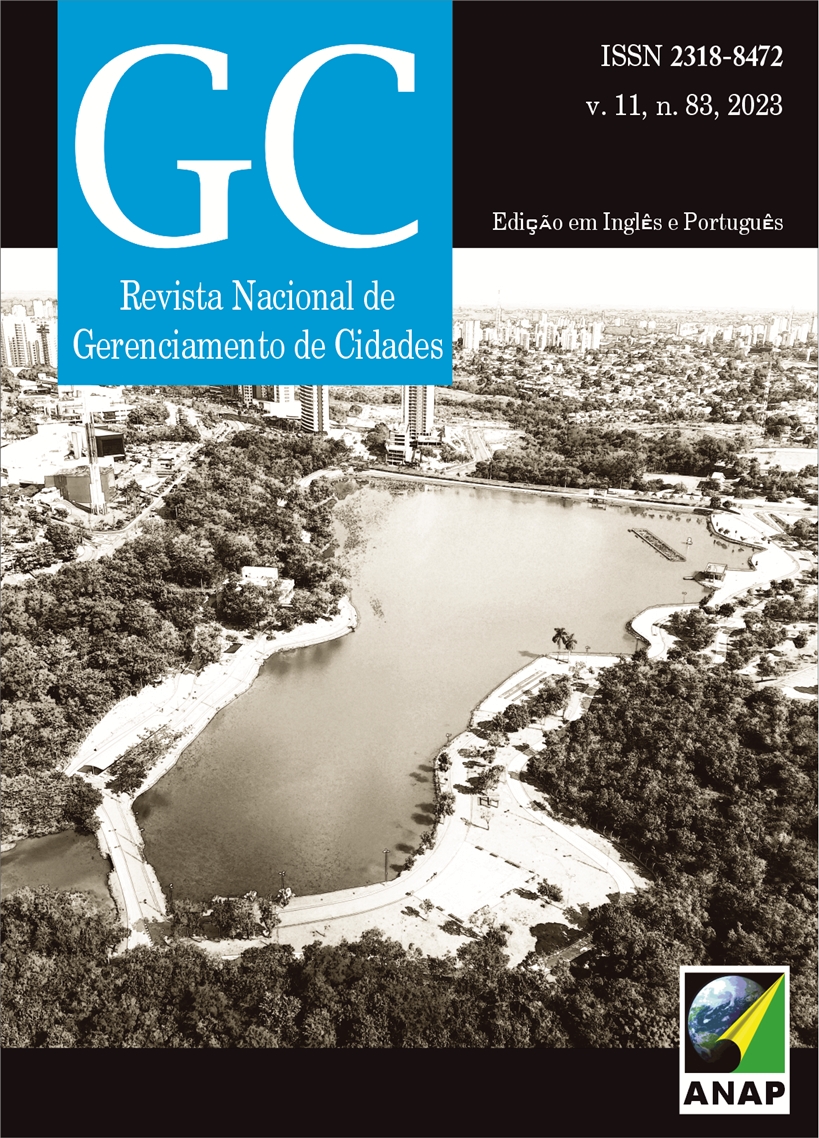Use of Recycled Acid for Kraft Lignin Production
DOI:
https://doi.org/10.17271/23188472118320234705Palabras clave:
Black Liquor, Lignin, Industrial WasteResumen
The present study aimed to obtain and characterize Kraft lignin from black liquor from a cellulose industry. The black liquor was collected and subjected to physical-chemical analysis. Then, acid precipitation was carried out using recycled acid from car batteries (ARA) to obtain Kraft lignin. The characterization of lignin involved techniques such as Fourier transform infrared spectroscopy (FTIR), scanning electron microscopy (SEM) with energy dispersive spectroscopy (EDS), X-ray diffraction (XRD), dynamic light scattering ( DLS) and Zeta potential. Morphological analyzes revealed irregular structures, including plates and spherical structures. The XRD results allowed the identification of the phases present in the structure of the samples. DLS indicated variation in average sizes throughout the filtration and centrifugation process, attributed to clumping during phase separation. Zeta potential values were consistent with previous studies. The FTIR analysis highlighted characteristics of the chemical bonds of Kraft lignin, indicating the viability of the obtaining process, especially when using recycled acid, contributing to the removal of two environmentally harmful wastes: black liquor and battery acid. The lignin yield was as expected, with an average of 30.74 ± 0.0004% for PA sulfuric acid and 29.76 ± 0.0059% for recovered sulfuric acid. These results are in accordance with literature standards, especially considering the use of Eucalyptus grandis.
Descargas
Descargas
Publicado
Número
Sección
Licencia

Esta obra está bajo una licencia internacional Creative Commons Atribución-NoComercial-CompartirIgual 4.0.














